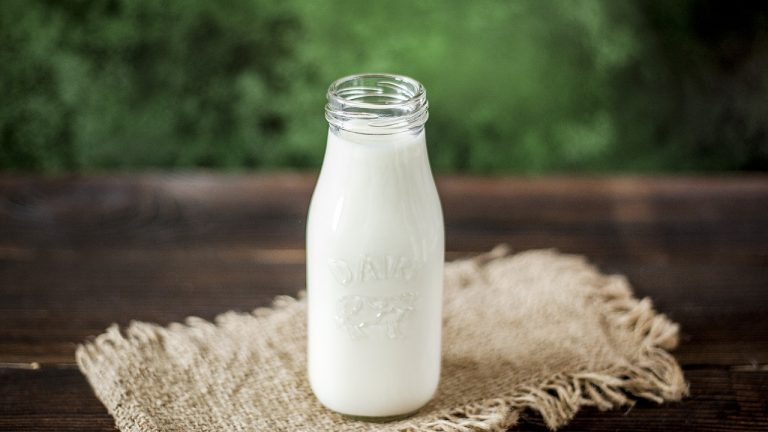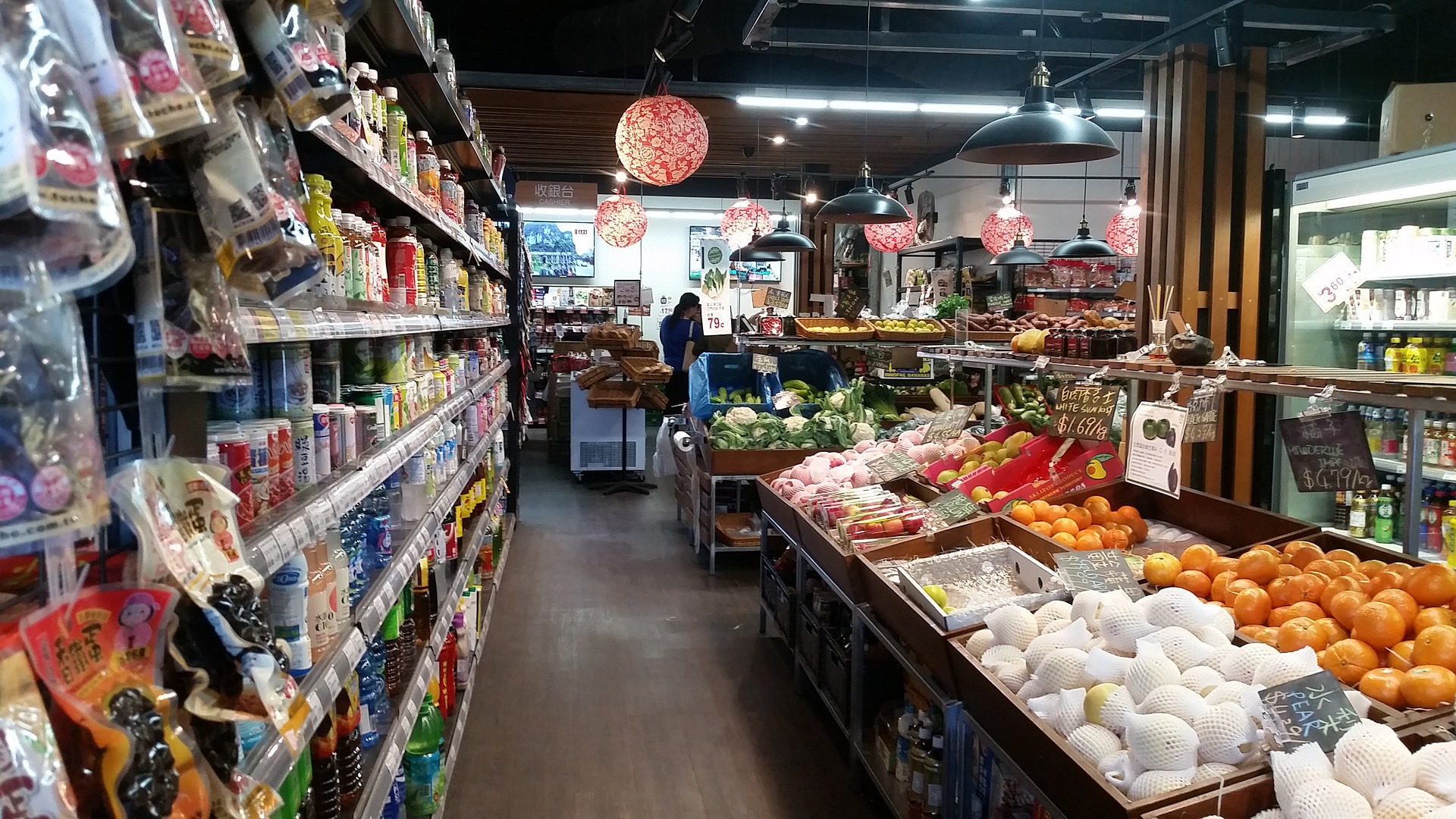Just the other day my Facebook feed showed me a video of a dairy farmer in South Australia who talk about his hourly rate in July 2018 (look up Shane Hickey, if you’re interested). It was AUD 2.46 per hour which is horrifying, especially considering the national minimum wage of AUD 18.93.
Don’t get me wrong, I also like paying little for groceries. Of course, I prefer my bills to stay low so I can save more money. But considering the price for milk and dairy doesn’t earn their producers a decent income I’m starting to look at it differently.
Approach one: cutting out the middleman
In Germany, I came across this idea of milk vending machines just outside a farm’s door. We had two empty glass bottles which just got refilled at a 24/7 milk vending machine. The price was about the same as at a supermarket.
This idea has a number of benefits for farmers and consumers alike.
For the farmer, it means to cut out any supermarkets or other retailer and to sell straight to the customers. The farmer can set the price (I think) and keeps the profits from selling the milk.
For consumers, it has even more advantages. The milk being sold is raw and it is not altered like the one at supermarkets. The concept of the milk vending machines reads like this: “The well-informed customer increasingly asks for the original natural product: untreated milk that is fresh and delicious.” Because every machine comes with glass bottles which are meant to be refilled, it reduces waste. And, every time you get milk you can decide how much you need.
Although the milk vending machine I visited was a bit of the main road and we had to make a special trip to it, I still like this idea a lot. I hope it spreads!
Approach two: reducing dairy intake
Since I don’t have a milk vending machine around where we live now, I’m currently going with the approach of reducing my general dairy intake. I’m not against milk and other dairy products (especially good cheese!) but I try to replace it where I can.
The decision of reducing milk is purely based on taste. I have never been able to stomach straight up milk and always need flavouring in it. And while I enjoy a good hot chocolate from time to time I don’t need it on a daily basis.
Other dairy products like cheese and yoghurt I really enjoy. Yoghurt, in particular, has important benefits for our digestive track because it’s fermented.
At the same time as enjoying these products, I’m also a big fan of trying alternatives. I even tried to make my own coconut yoghurt but failed miserably.
Approach three: going vegan
Just about every other week I have a spurt of trying to go vegan. I haven’t managed for more than a day so far but I’m inspired. The reason I’m inspired is that there are great vegan recipes. I tend to go for the ones completely avoiding dairy, eggs and meat rather than substituting them somehow (if you want a good youtube channel for some vegan inspiration, try The Happy Pear or Peaceful Cuisine).
I struggle to go completely vegan most likely because of all the sacrifices I would have to make: no ordinary chocolate, restricted baking, expensive and weird tasting alternatives like vegan butter.
My alternative instead is to have one meal per day vegan. It often ends up being our cooked lunch. I’ve also swapped my milk in the morning for oat milk, the most sustainable option.
Not to forget: dairy isn’t evil
I think when it comes to dairy in our diets, we have to remember that as humans we are highly adaptable. Food allergies aside, if we have dairy or not can make very little difference to our bodies.
There are people who claim to have better skin and fewer bowel issues after reducing dairy. But, not all cases are related to dairy per se. Lifestyle and nutrition play a huge role in how we feel and digest in general.
Overall I want to emphasise that dairy products have been and will remain part of our human diets. The question each and every one of us needs to answer him and herself is what price we are willing to pay for it. This price can be quite literal or on a much larger scale with regards to animal welfare and a fair income for those supplying us with milk.




